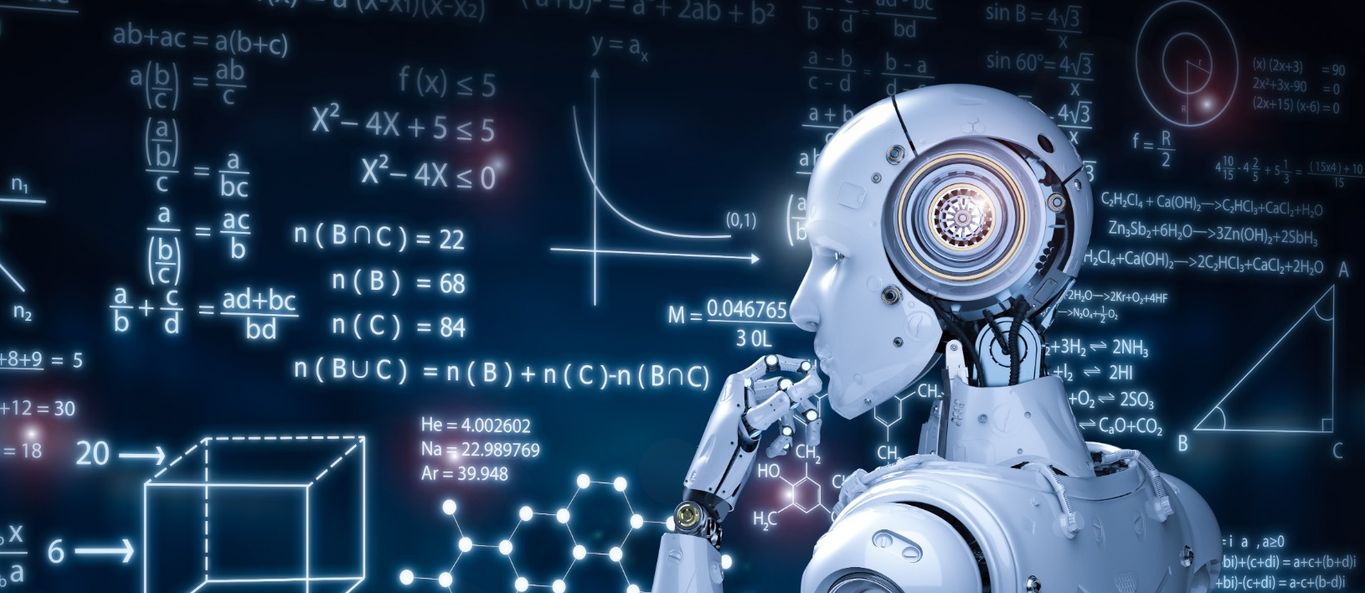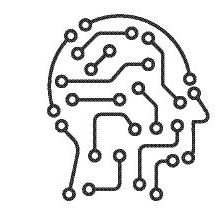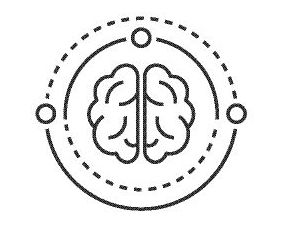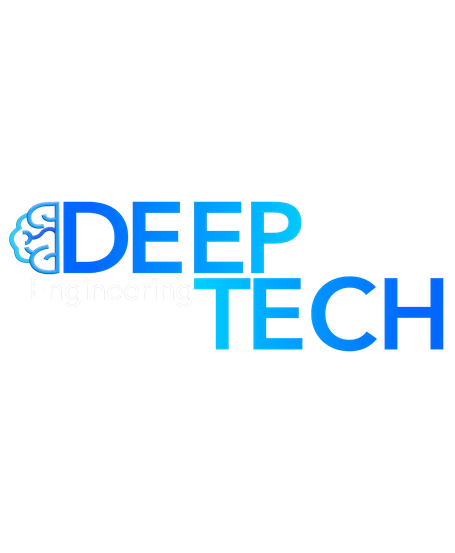
Deep Learning vs. Machine Learning
Deep Learning (DL) and Machine Learning (ML) are both a subsystem of Artificial Intelligence (AI)
Deep learning is a subset of machine learning comprising artificial neural networks. The term deep refers to the structure of artificial neural networks that include several of the so-called input, output, and hidden layers. Each layer includes sections that convert the input data into information that the neighbour layer uses.
In deep learning, the algorithm can learn how to make an accurate prediction through its own data processing, thanks to the artificial neural network structure. That sounds advantageous.
Machine learning is also a subset of artificial intelligence that uses algorithms to use the experience to improve specific tasks. It uses generally the following procedure:
- Data is introduced by the user into an algorithm
- A model is developed and trained by user support
- Testing and using the model to make predictions and use the information
Briefly, Deep learning is broadly used in processing data like text and images. For complex engineering solutions where numerical output values are based on multiphysics interactions where complex relations such as environment, processes, materials influence the response and behaviour of materials, components and systems, advanced machine learning (ML) are most of the time suitable to process data based on experience. A broad variety of algorithms such as generalized linear models, decision trees or Support Vector Machines (SVM) respond more practically. It should be noticed that finding solutions for complex engineering problems is case-sensitive, thus the choise of learning/training/predicting depends heavily on each individual problem and desired goals.
In brief, deep learning architectures perform well in cases such as:
- Image classification
- Audio classification
- Translation of texts
- Text generation and classification
Machine learning in the classical sense generally relies on patterns, the relation of parameters in the data rather than being explicitly coded by computer programmes. Therefore, the user data for predicting the solution for engineering problems comprise most of the time data that is specific to the problem and gathered through experimental or hybrid methods before being used in accelerated AI methods. It comprises deep learning, as well.

Deep Learning
A crucial element to the success of deep learning has been the availability of data
The statement Microsoft makes it clear that in order for advanced computers to compute and facilitate the creation of advanced neural network models data is required.
We at DEEPTECH Engineering pursue to use our scientific skills and generate reliable data for artificial intelligence (AI) based models. We use hybrid experimental and traditional numerical methods to create customer-specified data for customer solutions.
Deep learning solutions require high computational resources and large amounts of input data to make predictions, but in turn, Learns model features from the input data and generate new features by themselves.

Machine Learning
Machine learning enables an accelerated optimisation for your engineering problems
Machine learning with its experience-based architecture can use small amounts of engineering data to work successfully.
ML works on low-end machines, so It doesn't need large computational resources to ensure accelerated predictions in a reasonable time, compared to deep learning.
Model features need to be accurately identified and created by users. This is where the scientific know-how and case-specific experience of the engineers are required.
Our long-standing scientific and engineering experience of DEEPTECH Engineering experts ensures to develop of advanced accelerated machine learning models to aid in improved understanding of industrial processes and are used for optimisation purposes..
© DeepTech Engineering
Wir benötigen Ihre Zustimmung zum Laden der Übersetzungen
Wir nutzen einen Drittanbieter-Service, um den Inhalt der Website zu übersetzen, der möglicherweise Daten über Ihre Aktivitäten sammelt. Bitte prüfen Sie die Details und akzeptieren Sie den Dienst, um die Übersetzungen zu sehen.
